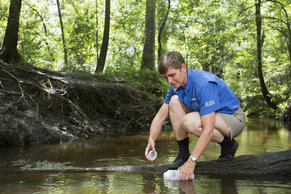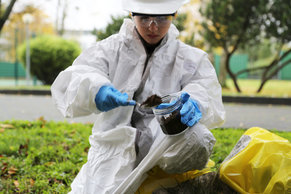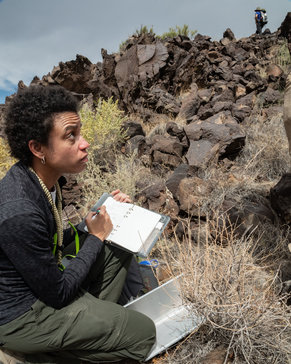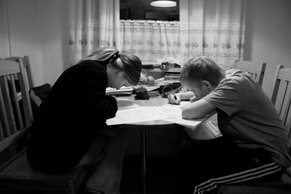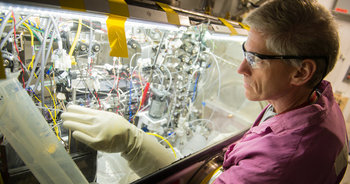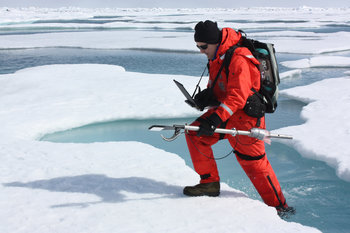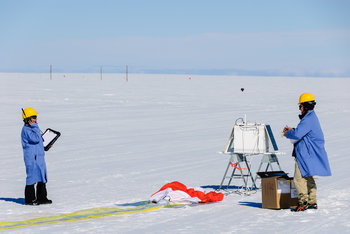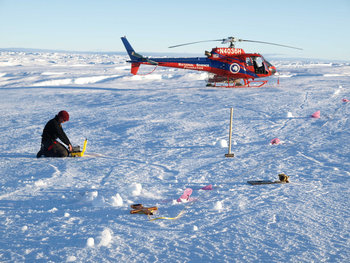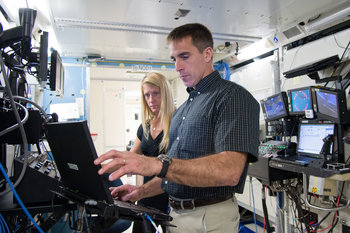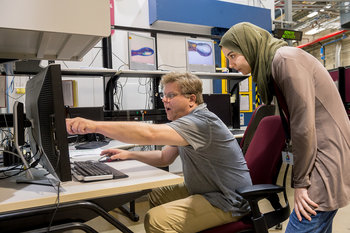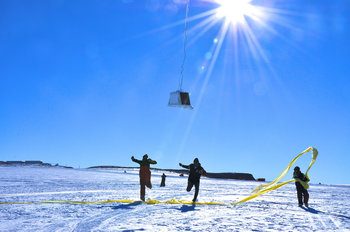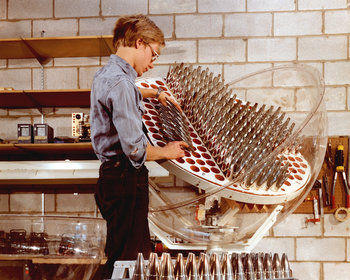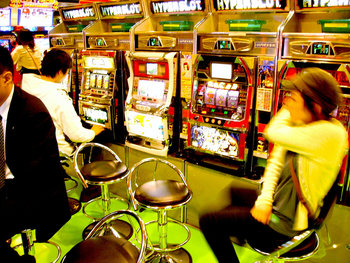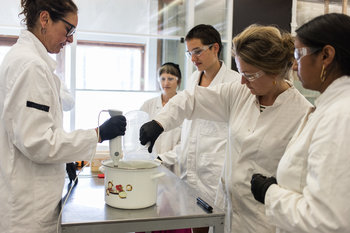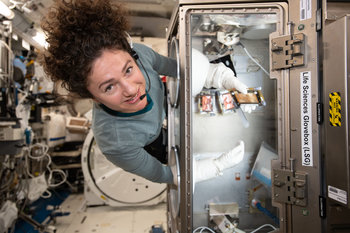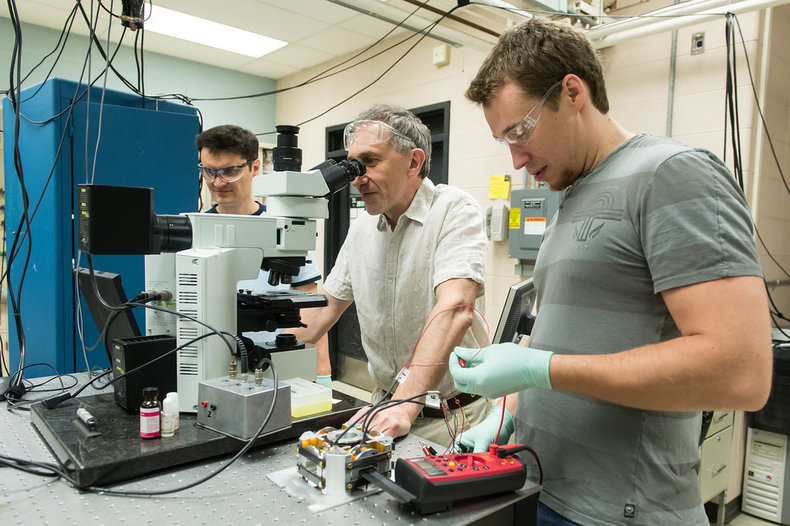
Common Practice
Using a common practice that has been widely measured such that its results are well understood.Experiment
A test of a new organic fertilizer with the hypothesis that it will increase the size of fruit. Three groups of 100 plants each are treated with the same procedures with the exception of the fertilizer used.
Negative Control
No fertilizer
Treatment Group
New organic fertilizer
Positive Control
A commercial chemical fertilizer that has been shown to increase the size of the fruit by at least 20%.
The positive control serves to detect problems with the experiment. In the example above, if the positive control has smaller fruit than the negative control, an error or experiment flaw has likely occurred.
A test of a new organic fertilizer with the hypothesis that it will increase the size of fruit. Three groups of 100 plants each are treated with the same procedures with the exception of the fertilizer used.
Negative Control
No fertilizer
Treatment Group
New organic fertilizer
Positive Control
A commercial chemical fertilizer that has been shown to increase the size of the fruit by at least 20%.
Medication
A medication that is currently on the market such that it has a well established efficacy.Experiment
A human trial of a new medication for a toe fungus condition with the hypothesis that the medication will cure most patients.
Negative Control
A placebo cream with no active ingredient.
Treatment Group
A cream containing the new medication.
Positive Control
A currently available medication that was indicated to have a 40% cure rate in a reasonably high quality study.
A human trial of a new medication for a toe fungus condition with the hypothesis that the medication will cure most patients.
Negative Control
A placebo cream with no active ingredient.
Treatment Group
A cream containing the new medication.
Positive Control
A currently available medication that was indicated to have a 40% cure rate in a reasonably high quality study.
Test
Developing a new test by comparing results to an existing test.Experiment
Validate a new testing method for the presence of a virus in a sample.
Negative Control
Samples that do not contain the virus.
Treatment Group
A new testing method.
Positive Control
A currently accepted test that has a very low false positive and false negative rate from a certified lab.
Validate a new testing method for the presence of a virus in a sample.
Negative Control
Samples that do not contain the virus.
Treatment Group
A new testing method.
Positive Control
A currently accepted test that has a very low false positive and false negative rate from a certified lab.
Known Quantities
Using a sample of a known composition, often in a blinded manner, to validate your measurement and observation processes.Experiment
Determine if a preservative prevents a bacteria from growing in a sample.
Negative Control
A sterile sample.
Treatment Group
A sample from a sugar solution containing a preservative that has been exposed to a bacteria under near ideal conditions for bacterial growth.
Positive Control
A sample that contains the bacteria that has been obtained from a certified lab.
Determine if a preservative prevents a bacteria from growing in a sample.
Negative Control
A sterile sample.
Treatment Group
A sample from a sugar solution containing a preservative that has been exposed to a bacteria under near ideal conditions for bacterial growth.
Positive Control
A sample that contains the bacteria that has been obtained from a certified lab.
State of the Art
It is common to use a state of the art technology as a positive control.Experiment
Test a new material for its ability to insulate sound by playing loud music outside a box and measuring the sound the penetrates to the inside.
Negative Control
A box with no sound insulating material.
Treatment Group
A box with the new material at 3 inches thickness.
Treatment Group
A box lined with the state of the art sound insulating material at 3 inches thickness that is predicted to cut sound by about 98%.
Test a new material for its ability to insulate sound by playing loud music outside a box and measuring the sound the penetrates to the inside.
Negative Control
A box with no sound insulating material.
Treatment Group
A box with the new material at 3 inches thickness.
Treatment Group
A box lined with the state of the art sound insulating material at 3 inches thickness that is predicted to cut sound by about 98%.
Notes
The positive control is measured in the same way as your treatment group to detect any problems with the experiment. A positive control, or multiple positive controls, may be used alongside a treatment group and multiple negative controls that are expected to produce no change.| Overview: Positive Control | ||
Type | ||
Definition | A group in an experiment that receives a treatment that is known to produce results similar to those predicted by your hypothesis. | |
Related Concepts | ||

